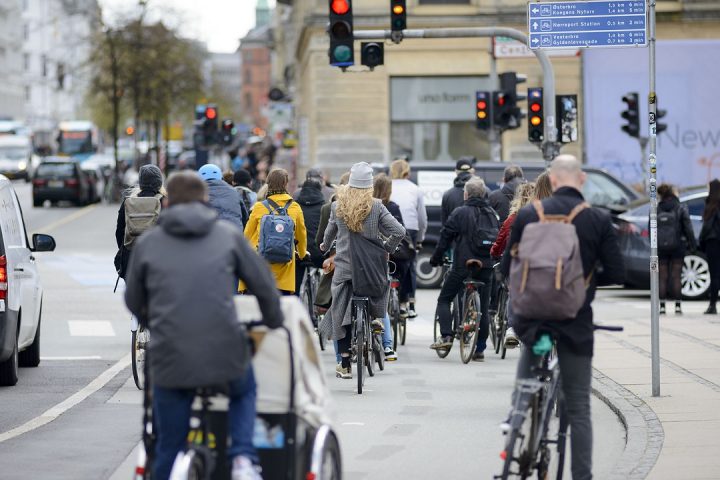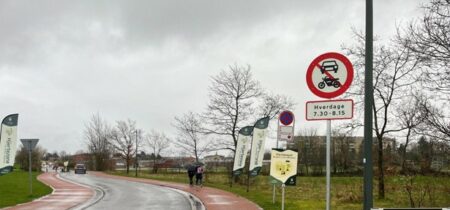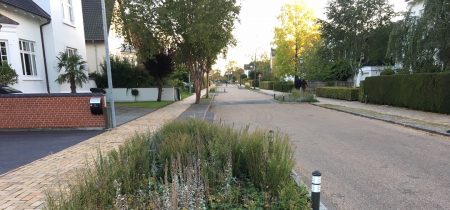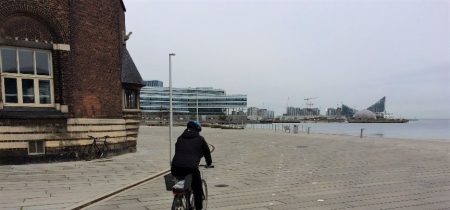Adapted design
The infrastructure must be adapted to the surroundings, i.e. the neighborhood or the rural area it passes through. Shopping roads, residential streets, traffic arteries, main roads, and cycle tracks with their own layout all have highly different needs.
By Troels Andersen, Odense Municipality
The baseline principle of infrastructure design is that the road must be self-explaining. All road users must clearly understand their natural place in traffic at all times. The road’s design should be determined by road user speeds and traffic composition.
The surface, signage, and markings in a pedestrian zone, for example, are not appropriate on a main road. Such basic distinctions taken together with the variety of road and path functions make traffic area design an extremely complex affair.

- Bicycle traffic is good for business and is responsible for a large share of turnover. Photo: Odense Municipality
Shopping streets
The key element on shopping streets is pedestrian space. If walkers can’t move about securely and easily, there won’t be much business. The speed limit should be no higher than 30 km/h on shopping streets where pedestrians can cross the road with no trouble. In such cases cycle tracks are rarely necessary.
When there are many motor vehicles the street is actually divided into two shopping areas. A compromise solution is often possible with cycle lanes, traffic calming measures and integrated pedestrian crossings instead of cycle tracks.
Cyclists are not merely traffic, they contribute enormously to local businesses and the total amount of cyclist purchases is more or less the same as drivers’, cyclists simply shop more often.
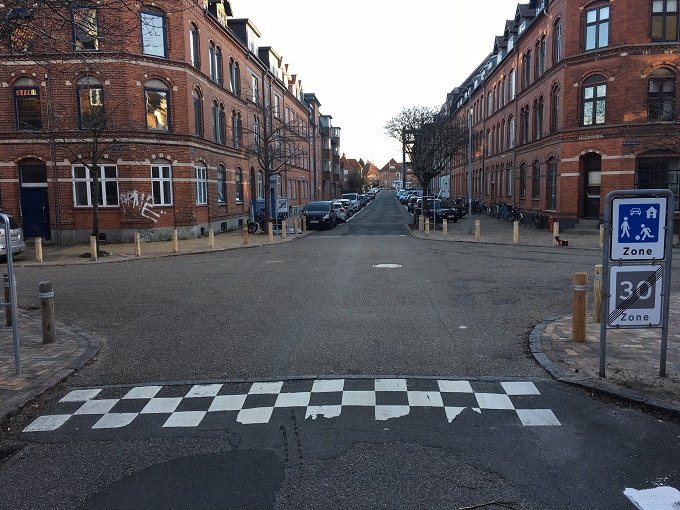
- The speed here is naturally low because the street design is adapted to low speeds and mixed traffic. Photo Troels Andersen
Traffic arteries
Traffic arteries are at the heart of the city’s infrastructure.Traffic arteries’ primary function is to expedite motor traffic – and bicycle traffic. However, 70-80% of traffic accidents in cities occur on a traffic artery. This is where major conflicts arise between security, the environment, and accessibility, and this is where the devil is in the detail. Substantial knowledge of markings, intersection design, etc. is necessary to resolve such issues, and cycle tracks are often a key element of the solution.
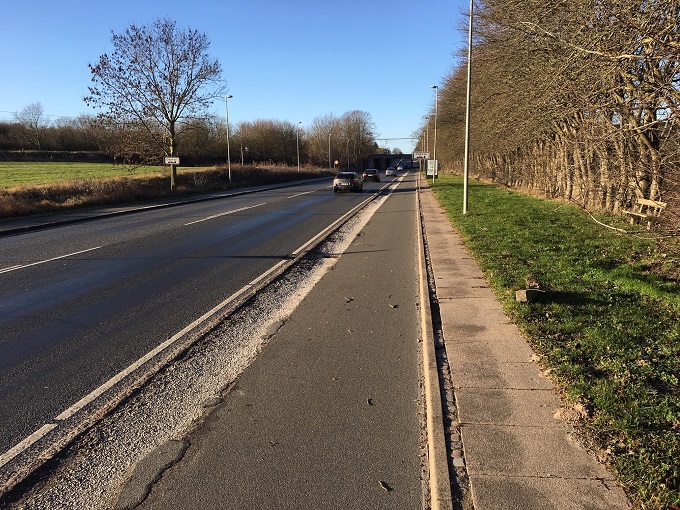
- Segregation of the road and the cycle track by a narrow verge on a road stretch outside an urban area. Photo Troels Andersen
Main roads
It is crucial to segregate cyclists from high speed motor traffic. The best solution for cyclists on such roads is to establish cycle lanes and,even better, cycle tracks. Safe cycling facilities are a necessary condition for increasing bicycle traffic over longer distances. Two-way cycle tracks are often chosen since they are cheaper than one-way cycle tracks. Crossings that continue two-way cycle tracks over side roads can be dangerous, so they are typically laid out with a greater distance to motor traffic.
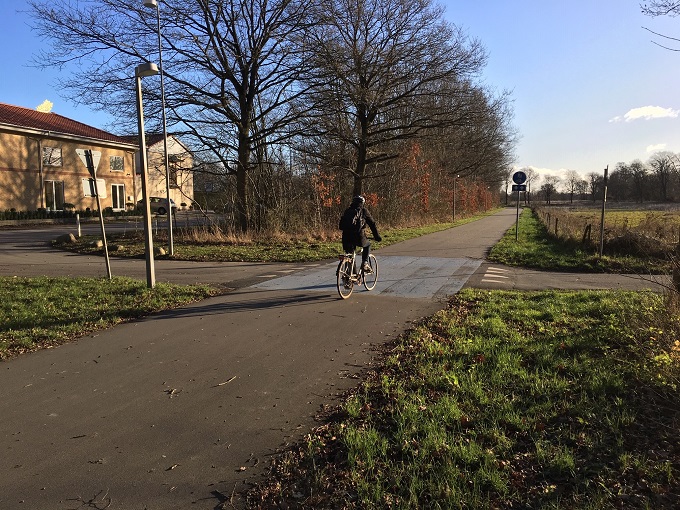
- Motor traffic must yield to a commuter track with its own layout. Photo Troels Andersen
Cycle tracks with their own layout
Cycle tracks with their own layout are for the sole use of cyclists and walkers. Cyclists don’t like hills and they don’t like having to stop. Cycle tracks with their own layout should be established with little change in elevation and as few stops as possible, but preferably with small points of interest along the way (a small lake, the view over a hill, the village church, etc.). When motor traffic isn’t heavy, cyclist accessibility is enhanced by continuing the track over crossings at intersections where cars have the duty to yield.


